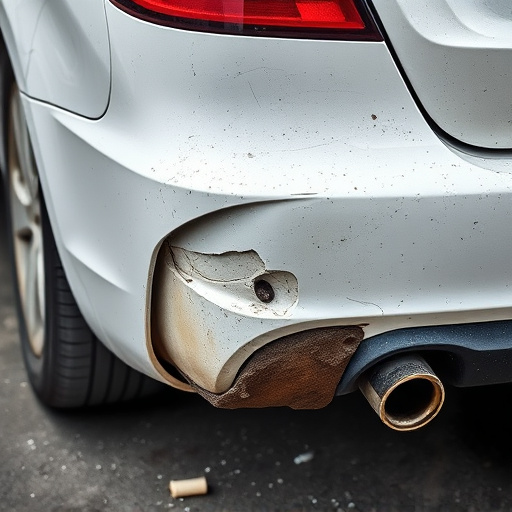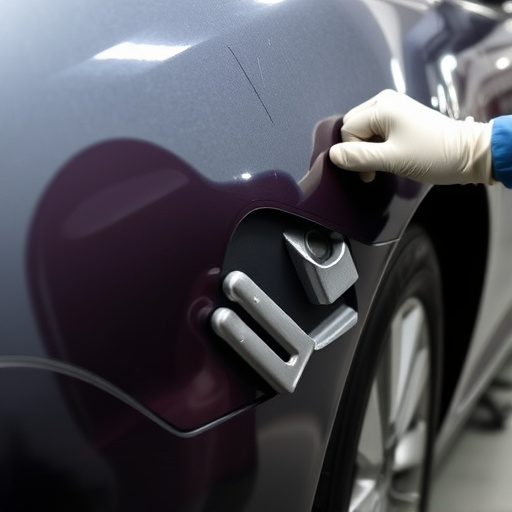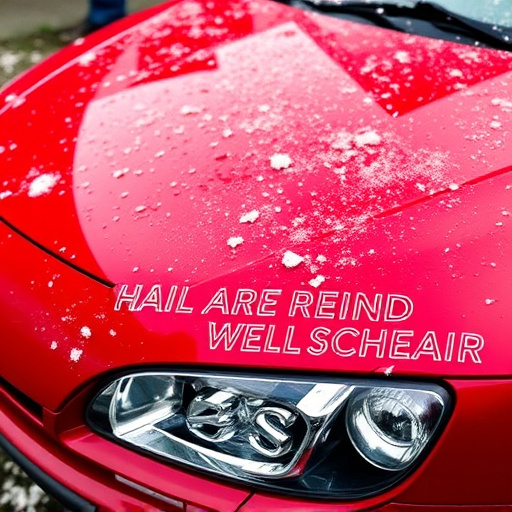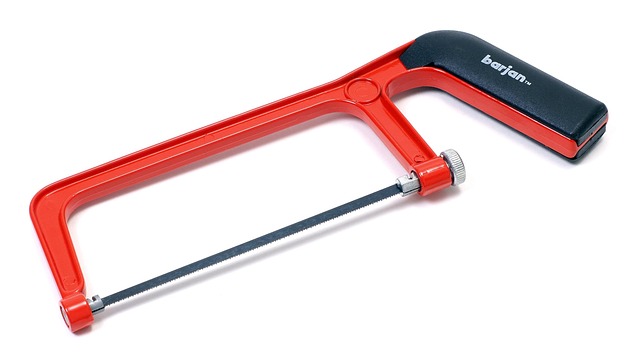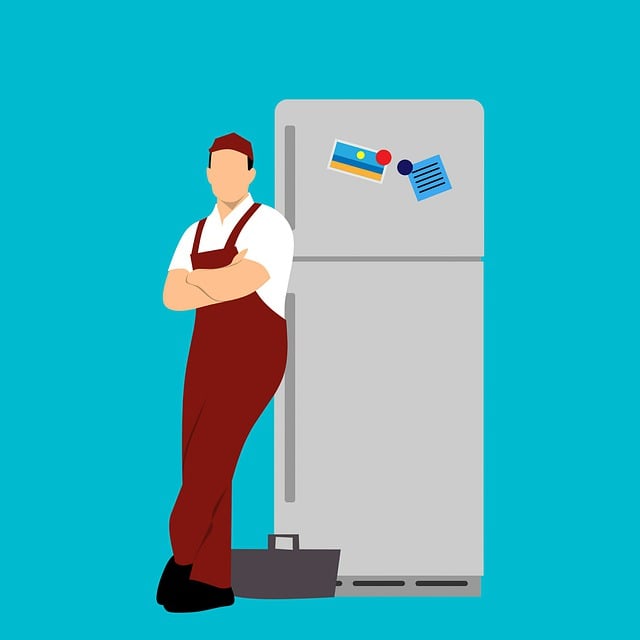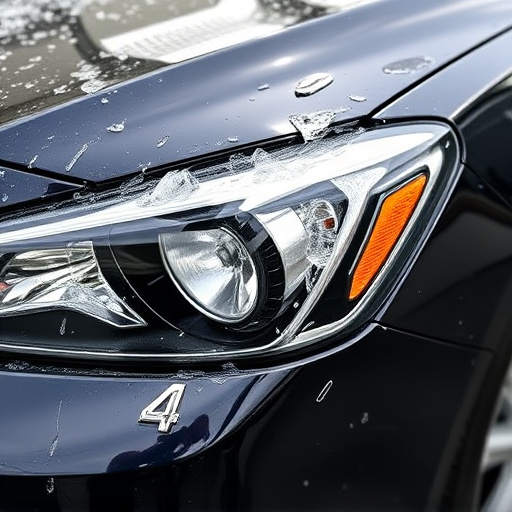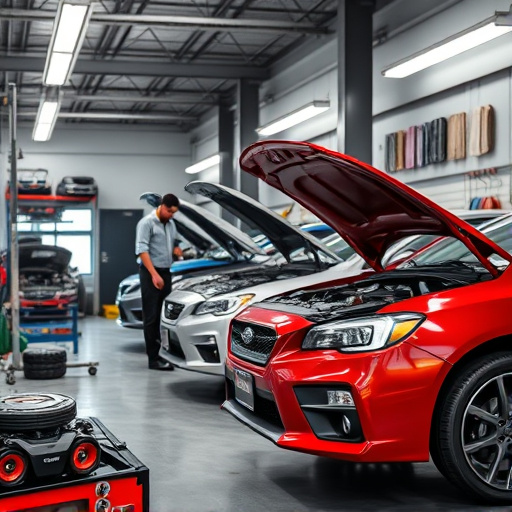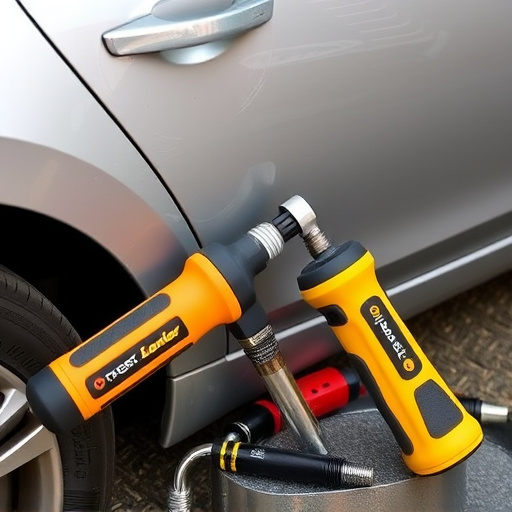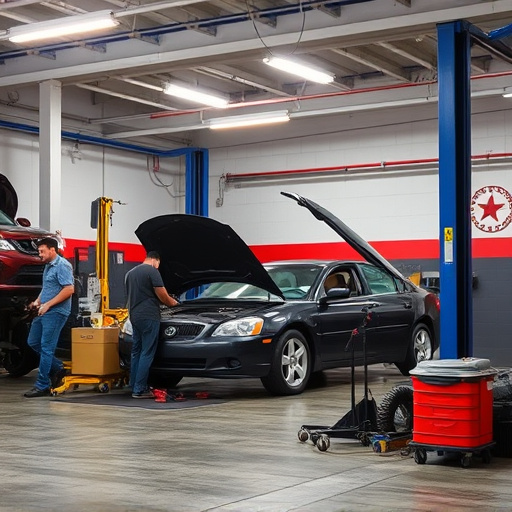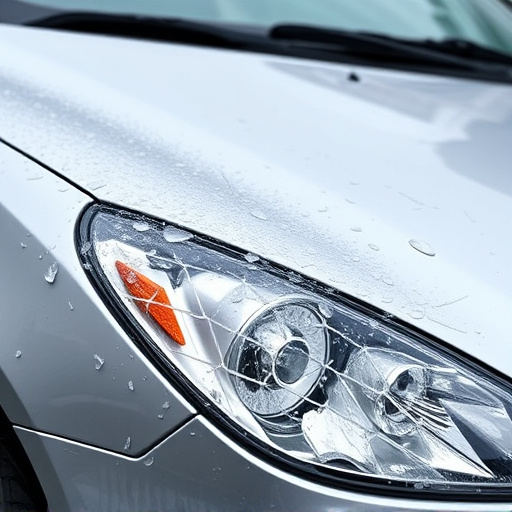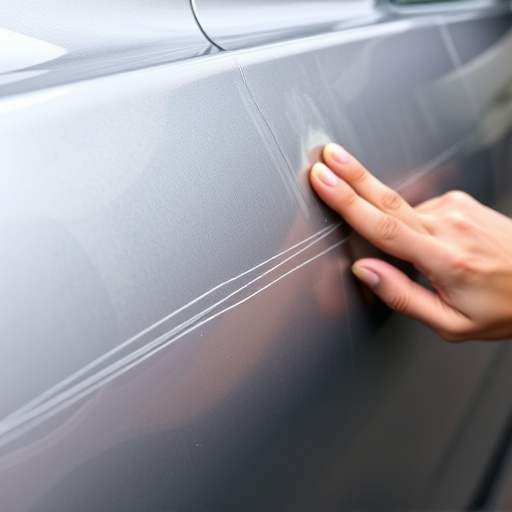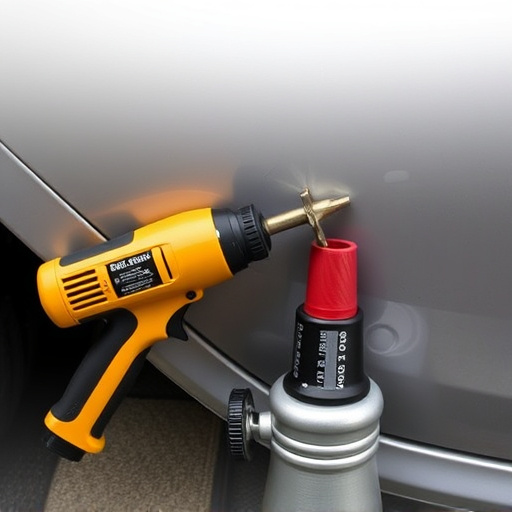Chrome damage caused by weather, environment, and neglect can range from pitting to severe rust, impacting aesthetics and structural integrity. Prompt action is crucial; professional chrome repair restoration services use advanced tools and chemicals for cleaning, patching, and replating. The process involves inspection, stripping old coatings, sanding, shaping, undercoating, electrostatic painting, and final inspection. Regular maintenance with washing, waxing, and protective measures ensures longevity of the restored surface.
Chrome repair restoration is a specialized process that addresses the ubiquitous issue of rust and corrosion on automotive chrome. Understanding the causes and effects of these damaging processes is key to effective fixes. This article delves into both, offering a comprehensive guide to the restoration process and practical tips for maintaining your vehicle’s chrome to prevent future damage. By mastering chrome repair restoration techniques, you’ll keep your car looking sleek and vibrant for years to come.
- Understanding Chrome Damage: Causes and Effects
- The Restoration Process: Step-by-Step Guide
- Maintenance Tips to Prevent Future Damage
Understanding Chrome Damage: Causes and Effects

Chrome damage, often caused by exposure to harsh weather conditions, environmental factors, and improper care, can manifest in various forms—from minor pitting and etching to severe rust and corrosion. These effects not only compromise the aesthetic appeal of a vehicle but also weaken its structural integrity, especially around intricate components like trim, mirrors, and window frames. Understanding the causes and consequences of chrome damage is crucial for effective restoration using specialized chrome repair and restoration techniques.
Whether it’s a classic car undergoing a meticulous vehicle restoration or a modern ride needing some TLC, addressing chrome damage promptly is essential. Left untreated, corrosion can penetrate deeper, leading to more extensive repairs and higher costs down the line. Professional chrome repair restoration services employ advanced tools and chemicals to clean, patch, and replate damaged surfaces, returning them to their former gleam and ensuring longevity against future environmental assault.
The Restoration Process: Step-by-Step Guide
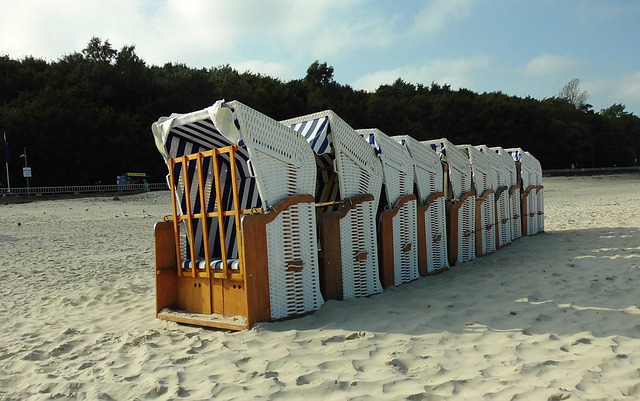
The chrome repair restoration process involves several meticulous steps to ensure optimal results in fixing rust and corrosion damage. It begins with thoroughly inspecting the affected area to assess the extent of the corrosion and identify any underlying issues, such as pitting or structural compromise. Once the area is precisely measured, a specialized stripping agent is applied to remove all traces of old coatings, revealing the raw metal beneath. After careful sanding for a smooth finish, an auto dent repair technique—using precision tools—is employed to shape and restore the damaged surface, ensuring it matches the car’s original contours.
The next crucial step in this chrome repair restoration process involves applying an undercoat to protect the metal from further corrosion. This protective layer is carefully brushed or sprayed, allowing it to dry evenly. Following this, a high-quality chrome coating is meticulously applied, utilizing advanced techniques like electrostatic painting for even coverage. Upon drying, the restored area undergoes a final inspection to guarantee its sleek, glossy finish, matching the car’s original aesthetics. This meticulous restoration process transforms damaged areas into pristine conditions, effectively extending the life of automotive components and preserving their visual appeal.
Maintenance Tips to Prevent Future Damage

Regular maintenance is key to preventing chrome damage and corrosion. After a successful chrome repair restoration, it’s important to implement a routine care plan to safeguard your vehicle’s exterior. Start by regularly washing and waxing your car, ensuring proper drying to avoid water spots. Use dedicated chrome cleaning products to remove any buildup without damaging the restored surface.
Additionally, consider parking in shaded areas to minimize direct sunlight exposure, as UV rays can accelerate oxidation. During winter months, be extra vigilant against road salt and ice melters, which can be harsh on metal surfaces. A car restoration isn’t just a one-time fix; it requires ongoing attention to maintain the pristine appearance achieved through professional chrome repair restoration services.
Chrome repair restoration is a meticulous process that not only restores damaged parts but also prevents further corrosion. By understanding the causes and effects of chrome damage, following a detailed step-by-step guide, and implementing regular maintenance tips, you can effectively extend the lifespan of your chrome-plated surfaces. Embrace these practices to keep your possessions looking pristine and avoid the need for frequent repairs.
